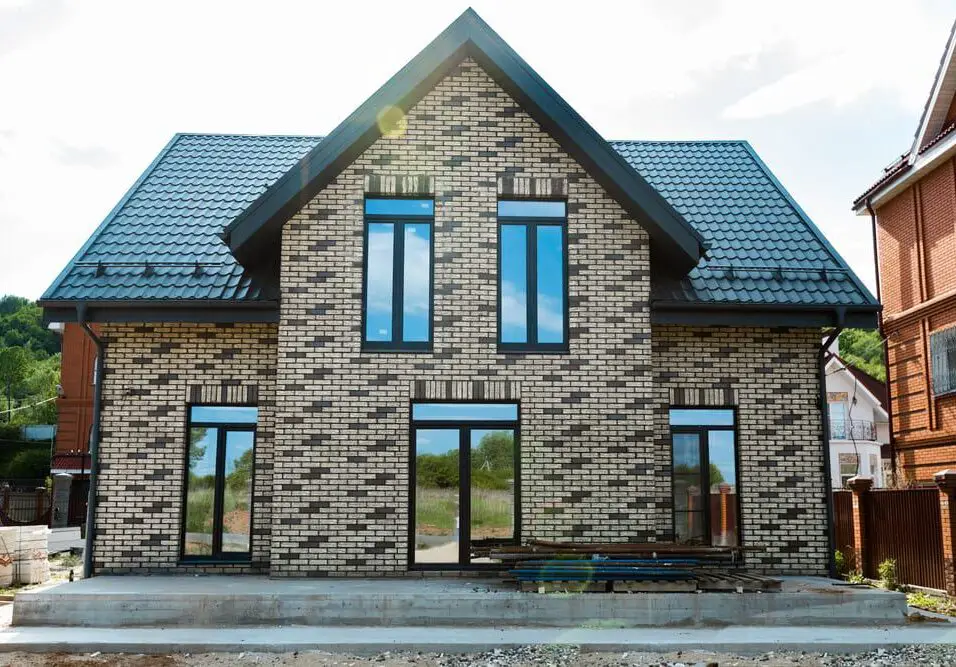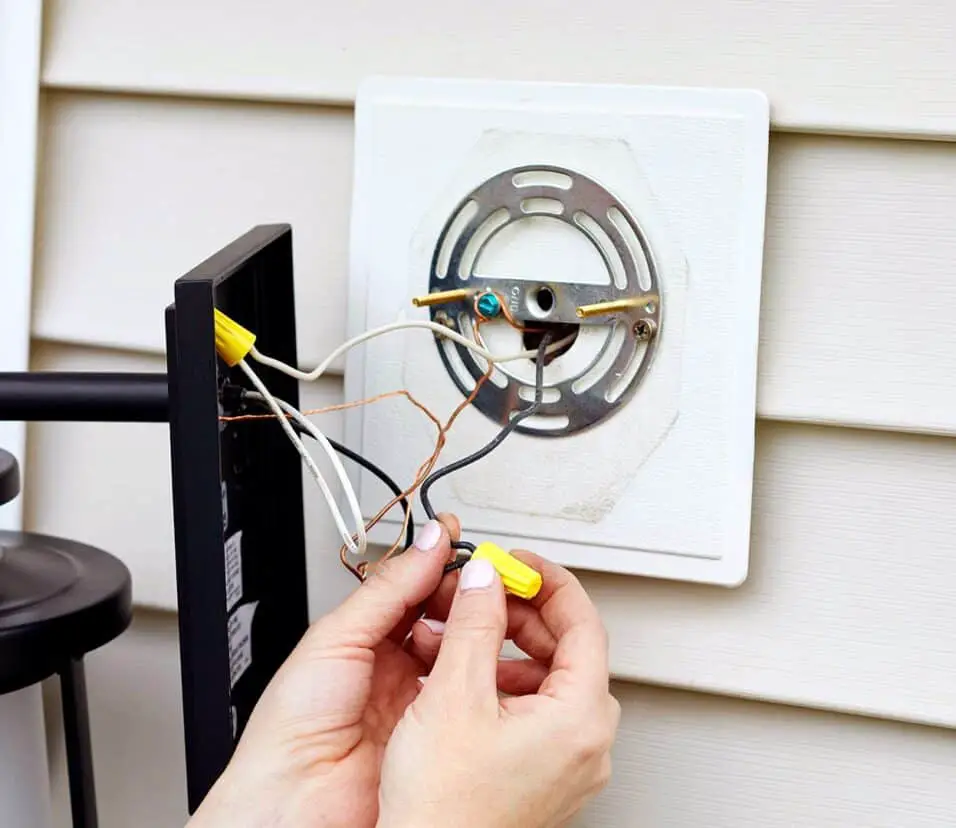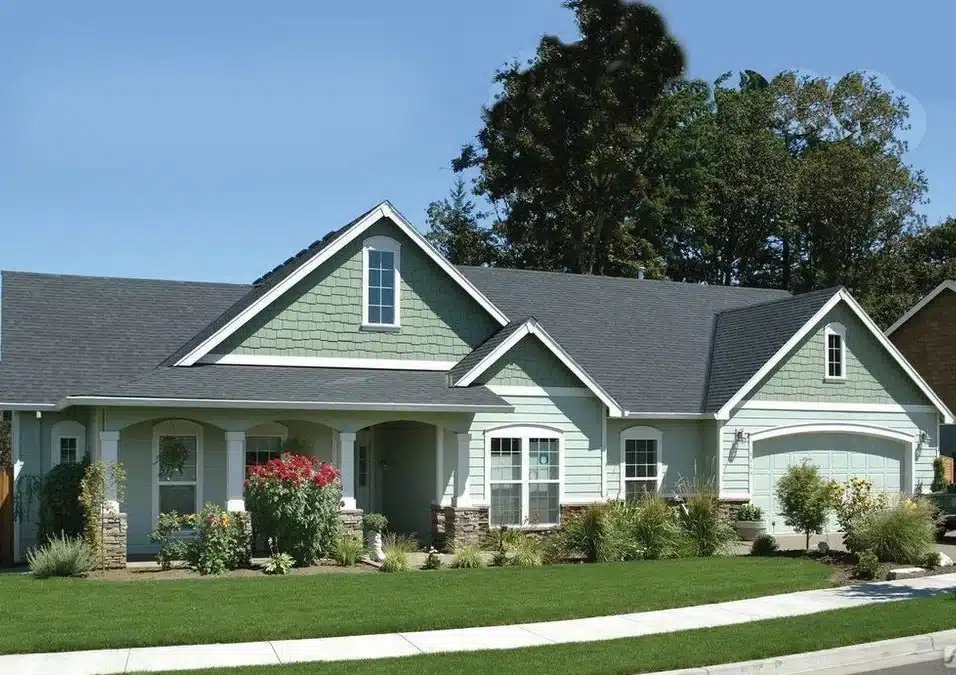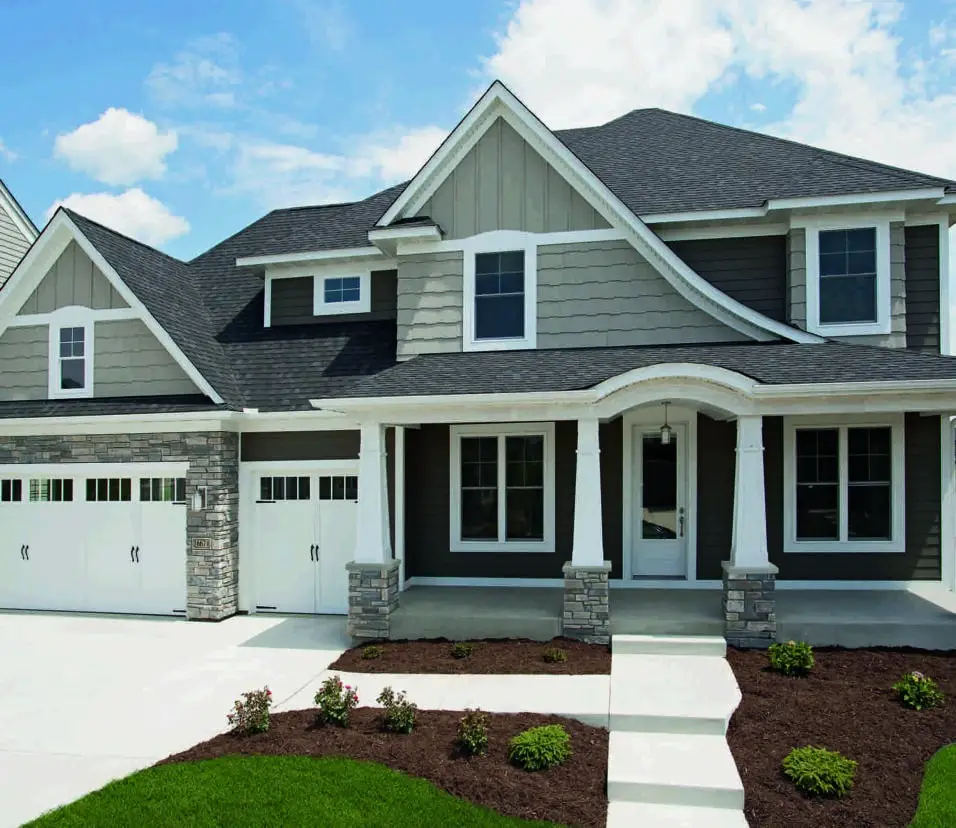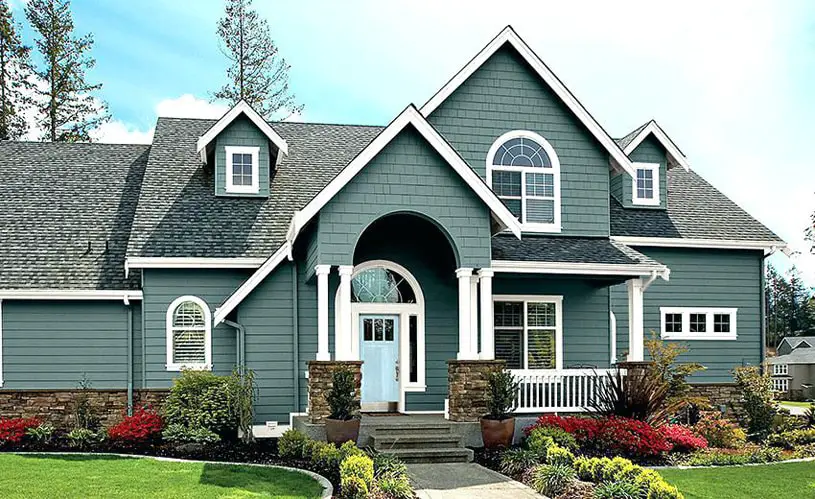How Long Does Exterior Paint Last
Introduction
How Long Does Exterior Paint Last: The lifetime of your paint job is crucial to exterior home maintenance. Exterior paint protects your home from the weather and improves its appearance. Your home’s exterior paint may fade, crack, or peel with time, requiring a fresh coat to maintain its beauty and functioning.
So, how long does exterior paint last? Well, the lifespan of exterior paint can vary depending on several factors, including the quality of the paint, the surface it is applied to, and the climate in which your home is located.
The life expectancy of exterior paint varies depending on the quality of the paint, the surface it is applied to, and the climate of the region. Investing in high-quality paint, properly preparing the surface, and considering the local climate can help extend the lifespan of exterior paint and maintain the beauty and protection of the building for years to come.

What is the life expectancy of exterior paint?
While exterior paint generally lasts 5-10 years, there are a number of factors that may affect your paint’s longevity.
Exterior paint is an essential component of any building’s aesthetics and protection. It not only enhances the appearance of the structure but also acts as a shield against harsh weather conditions, UV rays, and other environmental factors. However, like any other material, exterior paint has a limited lifespan.
The quality of the paint plays a crucial role in determining its longevity. These paints can withstand the test of time and maintain their color and finish for a more extended period. On the other hand, low-quality paints may start to deteriorate and peel off within a few years of application.
The surface to which the paint is applied also affects its lifespan. Smooth and properly prepared surfaces provide a better foundation for the paint to adhere to, resulting in a longer-lasting finish. Surfaces that are rough, uneven, or contaminated with dirt, grease, or moisture may cause the paint to chip or peel off prematurely.
Climate is another significant factor that influences the life expectancy of exterior paint. Extreme temperatures, high humidity, heavy rainfall, and exposure to direct sunlight can accelerate the deterioration of paint. In regions with harsh weather conditions, the paint may require more frequent maintenance and repainting to ensure its longevity.
How often should exterior of house be painted?
every five to ten years
Most experts say that you’ll need to paint every five to ten years, depending on factors such as where you live, climate and weather, and the previous paint job. Also, keep in mind that every surface will be a little different.
The type of paint used plays a significant role in determining how often the exterior of a house should be painted. High-quality paints tend to last longer and require less frequent repainting compared to lower-quality paints.
It is important to choose a paint that is specifically designed for exterior use and is known for its durability.
The climate in which the house is located also affects the frequency of painting. Houses in regions with extreme weather conditions, such as areas with high humidity or frequent exposure to harsh sunlight, may require more frequent painting. These weather conditions can cause the paint to deteriorate faster, leading to a faded or peeling appearance.
The overall condition of the paint is another factor to consider. Regular maintenance, such as cleaning and touch-ups, can help prolong the life of the paint and delay the need for a full repaint.
It is generally recommended to repaint the exterior of a house every 5-10 years. However, this timeframe can vary depending on the factors mentioned above. Regular inspections of the paint condition can help determine when it is time for a fresh coat.
What is the longest lasting exterior paint for a house?
Acrylic Paint
Acrylic Paint Lasts Longest
You don’t have to take our word for it. For extended paint life, numerous professional painters agree that acrylic exterior paint gives the longest-lasting finish.
When it comes to choosing the right exterior paint for your house, durability is a key factor to consider.
What is the longest lasting exterior paint for a house?
One of the top contenders for the longest lasting exterior paint is acrylic paint. Acrylic paint is known for its excellent durability and resistance to fading, cracking, and peeling. Another option to consider is elastomeric paint. This makes it an excellent choice for houses in areas with extreme weather conditions, as it can withstand temperature fluctuations without cracking or peeling. Elastomeric paint also provides superior protection against moisture, which can help prevent mold and mildew growth.
For those looking for a more traditional option, oil-based paint is known for its durability and longevity. However, it is important to note that oil-based paint requires more maintenance and may yellow over time.
Which paint is best for exterior?
That said, oil-based paint is still ideal for certain exterior painting projects. Oil-based paints shrink less than latex and acrylic paints do, hold up in high-traffic areas and glide on smoothly. Oil-based paint dries to a smooth, hard surface and works well on porch floors, doors, trim and other small details. However, by understanding the different types of exterior paints and their properties, you can make an informed choice.
One of the most popular types of exterior paint is acrylic paint. Acrylic paint is known for its durability and resistance to fading, cracking, and peeling. It is also easy to clean and maintain, making it a great choice for homes and buildings in areas with harsh weather conditions. Acrylic paint is available in a wide range of colors and finishes, allowing you to achieve the desired look for your exterior surfaces.
Acrylic exterior paint gives the longest-lasting finish.
Another option to consider is latex paint. Latex paint is water-based and offers excellent adhesion and flexibility. It is also resistant to mildew and blistering, making it suitable for areas with high humidity. Latex paint is easy to apply and dries quickly, allowing you to complete your painting project in a shorter amount of time. It is available in a variety of finishes, including flat, satin, and semi-gloss.
If you are looking for a more traditional option, oil-based paint may be the best choice for your exterior surfaces. Oil-based paint provides a smooth and durable finish that can withstand harsh weather conditions. It is also resistant to stains and can be easily cleaned. However, oil-based paint takes longer to dry and has a strong odor, so proper ventilation is necessary during application.
Ultimately, the best paint for exterior surfaces depends on your specific needs and preferences.
How many coats of paint should be applied to exterior of house?
In general, it is recommended to apply at least two coats of paint to the exterior of a house. This is because the first coat serves as a base coat, providing a foundation for the second coat to adhere to. Additionally, applying multiple coats of paint can help to ensure that the surface is fully covered and that the color is even and consistent.
Necessary to achieve the desired color and coverage.
It is also important to consider the type of paint being used when determining how many coats to apply. Some paints, such as high-quality acrylic paints, may provide better coverage and require fewer coats than lower-quality paints. Additionally, certain types of paint, such as those with a built-in primer, may require fewer coats to achieve the desired results.
The typical lifespan of exterior paint can vary depending on several factors. On average, high-quality exterior paint can last anywhere from 5 to 10 years. However, this lifespan can be significantly shorter or longer depending on the climate, exposure to sunlight, and the quality of the paint itself.
In regions with harsh weather conditions, such as extreme heat or cold, the lifespan of exterior paint may be shorter. Similarly, areas with high levels of humidity or frequent rain can also impact the longevity of the paint.
To ensure the longest possible lifespan for exterior paint, it is important to choose a high-quality paint that is specifically formulated for outdoor use. Regular maintenance and cleaning can also help extend the life of the paint.
Are there any factors that can affect the longevity of exterior paint?
There are several factors that can affect the longevity of exterior paint. One of the most important factors is the quality of the paint itself. On the other hand, low-quality paints may deteriorate more quickly and require more frequent repainting.
Another factor that can affect the lifespan of exterior paint is the climate. Extreme weather conditions, such as intense heat, freezing temperatures, and heavy rainfall, can cause paint to deteriorate more quickly. Additionally, exposure to direct sunlight can cause paint to fade and lose its vibrancy over time.
How often should exterior paint be reapplied?
However, it is important to note that certain factors can accelerate the deterioration of paint and may require more frequent repainting. For example, buildings located in areas with harsh weather conditions, such as extreme heat or frequent rain, may require more frequent repainting compared to buildings in milder climates.
Are there any specific maintenance steps that can help extend the lifespan of exterior paint?
Yes, there are several specific maintenance steps that can help extend the lifespan of exterior paint. One important step is to regularly clean the painted surfaces. By removing dirt, grime, and other debris from the paint, you can prevent it from deteriorating and help it maintain its appearance and protective qualities.
Another maintenance step is to inspect the painted surfaces for any signs of damage or wear. It’s also important to address any issues with the underlying surface, such as rot or moisture damage, as these can affect the longevity of the paint.
Additionally, applying a fresh coat of paint or a protective sealant every few years can help extend the lifespan of exterior paint. This can provide an extra layer of protection against the elements and help maintain the appearance of the paint. Regularly inspecting and maintaining the caulking around windows, doors, and other openings can also help prevent water damage and extend the life of the paint.
What are some signs that indicate it’s time to repaint the exterior of a building?
There are several signs that indicate it’s time to repaint the exterior of a building. One of the most obvious signs is when the paint starts to peel or chip. This can happen due to weather exposure, age, or poor quality paint. Peeling or chipping paint not only looks unsightly, but it also exposes the underlying surface to potential damage from moisture and UV rays. Therefore, it’s important to address this issue promptly to prevent further damage.
Another sign that it’s time to repaint is when the color of the paint starts to fade or become dull. Over time, exposure to sunlight and other environmental factors can cause the paint to lose its vibrancy. If you notice that the color of your exterior paint has significantly faded, it’s a good indication that it’s time for a fresh coat.
Additionally, if you notice any cracks or gaps in the paint, it’s a sign that the paint is no longer providing a protective barrier. These cracks can allow moisture to seep into the underlying surface, leading to potential water damage and mold growth. Therefore, it’s important to address any cracks or gaps in the paint as soon as possible.
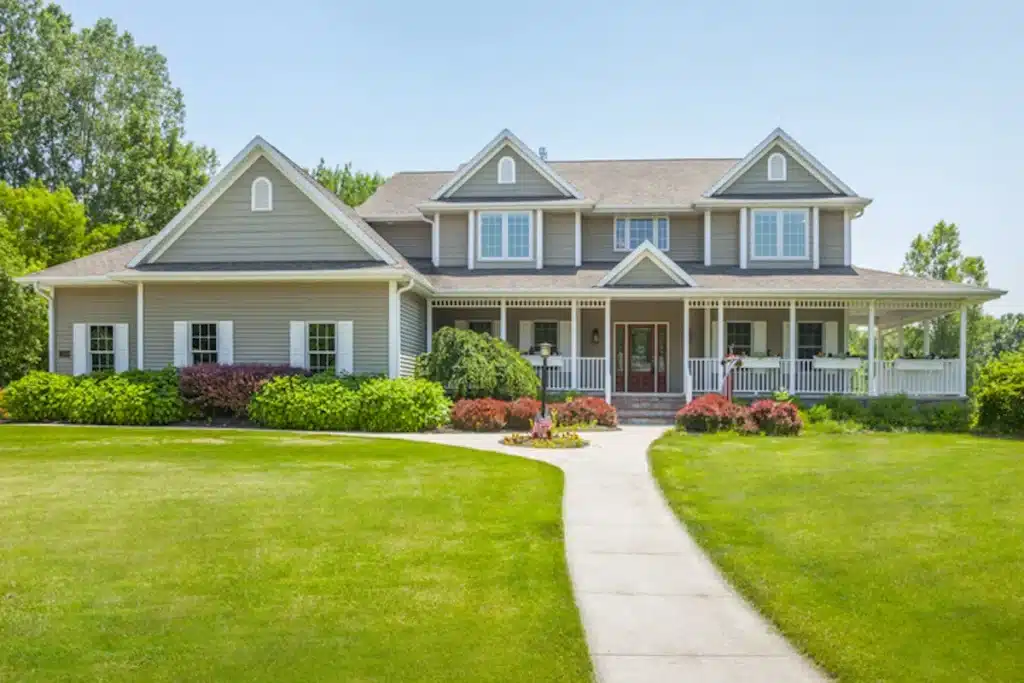
Conclusion
The surface that the paint is applied to also affects its longevity. Smooth and properly prepared surfaces tend to hold paint better and allow for better adhesion. On the other hand, rough or damaged surfaces may cause the paint to chip or peel sooner. It is important to properly clean and prepare the surface before applying paint to ensure maximum durability.
Climate conditions can also impact the lifespan of exterior paint. Extreme temperatures, high humidity, and frequent exposure to harsh weather elements can cause paint to deteriorate more quickly.
The lifespan of exterior paint last can range from 5 to 10 years, depending on factors such as paint quality, surface preparation, and climate conditions. Investing in high-quality paint and properly preparing the surface can help extend the lifespan of your paint job. Additionally, regularly inspecting and maintaining your exterior paint can help identify any issues early on and prevent further damage.




